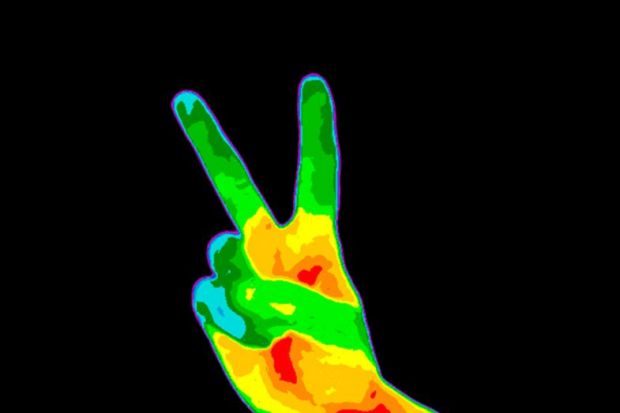A research institute on Norway’s sleepy south coast has found itself at the centre of a dispute over workplace surveillance, after directors installed heat sensors underneath desks to find out how often they are used by staff.
Researchers based at the Marine Research Institute’s Flødevigen research station called the move “deeply invasive”, with one staffer vowing to pry a sensor off “in five seconds” if it appeared under his desk, according to local media.
Øystein Brun, the national institute’s deputy director general, told Times Higher Education that he was somewhat surprised by the pushback.
Although the institute is the first research organisation to use the sensors, the Norwegian Environment Agency and other public bodies have tried them without controversy, he said, adding that management had held two meetings with staff and representatives about the trial and had sent emails explaining it.
“Then we installed the sensors, and when people came back from vacation they got really surprised and some were really upset,” he said.
The institute is set to occupy office space in nearby Bergen’s recently refitted city hall. It plans to have fewer desks than staff, about one-fifth less, and Mr Brun and his team want to check if that will be enough.
He acknowledged that the use of sensors on desks used only by individual staff did potentially violate data regulations, something that had been previously overlooked. The trial is going to be relaunched with sensors attached only to shared desks in future, and he hopes that media attention will ensure that no one is surprised to find them this time.
Workplace surveillance tends to be unwelcome, particularly among researchers and academics. “Within the academic circles, it’s a kind of freedom to do the work as they like, and nobody should tell them how to work, where to work and all that,” acknowledged Mr Brun.
Staff at Queen Mary University of London have recently raised similar concerns about the installation of office occupancy sensors, at a cost of £400,000, noting that anonymous movement capture can easily be traced back to individuals if other data show that only a handful use a specific space.
Mr Brun said the resistance was somewhat ironic given the depth of surveillance and insight available to any IT administrator, based solely on staff internet use.
“If you log into a computer, our IT department can see exactly where you were, who you are, whether you were actually working, which application you use, which websites you use – which is much more personal than whether a workspace is used,” he said.





